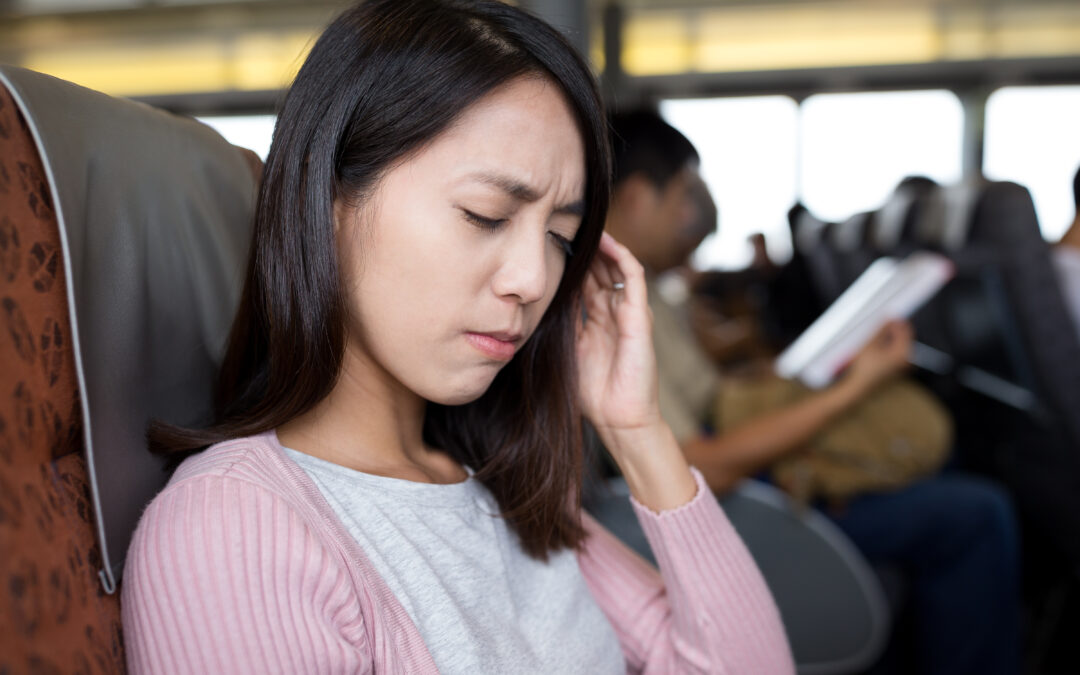
Flying with Medical Supplies: The Ins and Outs of Carry-Ons and TSA Security Screenings
August 24, 2018
By Becca Weber
With airline restrictions changing so frequently, it can be difficult to keep straight what you can and can’t bring on your flight, especially when it comes to medical supplies you have to bring on the plane with you. The following tips will help you minimize the hassle you’ll experience going through security and help you avoid misplacing your medicine and medical supplies.
The most important tip is to make sure you have medical documentation readily available, whether that is a doctor’s note or a TSA notification card.
- Bandages, dressings, and compression sleeves can be worn through the advanced imaging technology portion of the security process but may be subject to additional screening, including visual inspection, metal detector, or a pat-down.
- Canes, Braille note-takers, and other aids for blindness must be inspected by the x-ray, but are subject to visual inspection if they are too large to fit through the machine.
- Hearing aids and cochlear implants do not need to be removed but are subject to inspection if they trigger alarms during the screening process.
- External medical devices should go through the x-ray scanner if they can be safely disconnected. If they cannot be disconnected, or cannot go through the x-ray scanner, they will be subject to further inspection. You are, however, not required to remove ostomy pouches, insulin pumps, glucose monitors, or other infusion devices, but you may have to conduct a self-pat-down, and have your hands tested for explosive residue.
- Mobility items, such as walkers, crutches, and wheelchairs, must go through x-ray screening.
- Service dogs must be walked through the metal detector, either with you or before you on a leash. You will not be separated from your dog, but if the dog sets off alarms, do not touch your dog until after they have been inspected by a TSA agent. Service dog medications or equipment must go through the x-ray scanner.
- Make sure all medicines are labeled! Declare all liquid medications and accessories before putting them through the scanner. Liquid medicine can exceed the 3-1-1 limit (3.4oz/100mL) as long as it is properly labeled. Ice packs to keep medicine cold, and syringes, pumps, and IV bags must be screened. Keep all used syringes in a hard-surface (Sharps) container.
- Check with your airline and the manufacturer before flying with portable oxygen concentrators and using them during the flight. If you can safely disconnect your concentrator, it must be scanned through the x-ray machine. If you cannot safely disconnect it, then it will be tested for explosive material. Nebulizers, CPAPs, BiPAPs, and APAPs must go through the x-ray scanner.
Hopefully, this answers any questions you might have about flying with medical supplies and simplifies your next travel experience. Happy flying!
About the Author
Becca Weber

